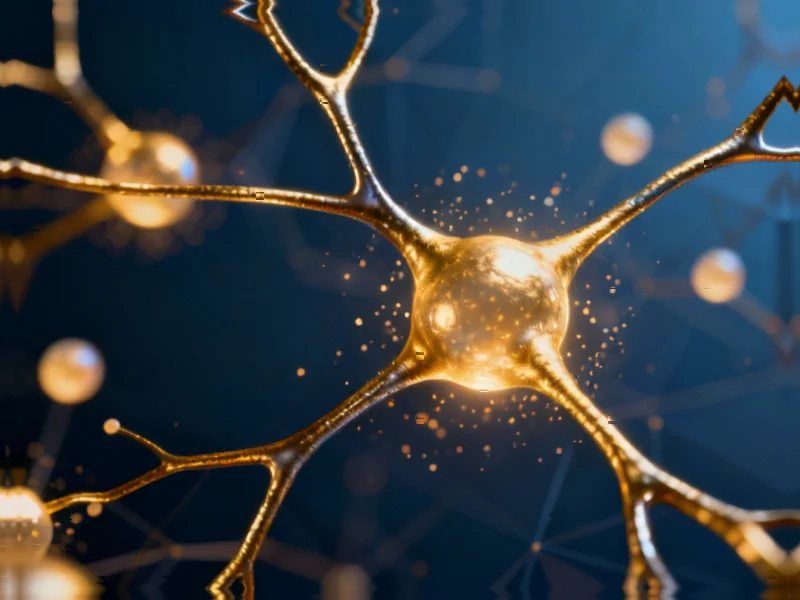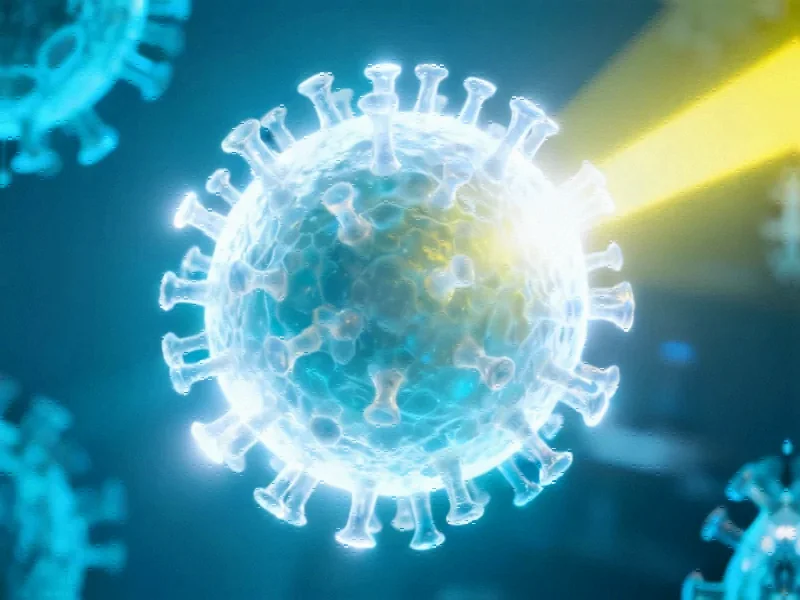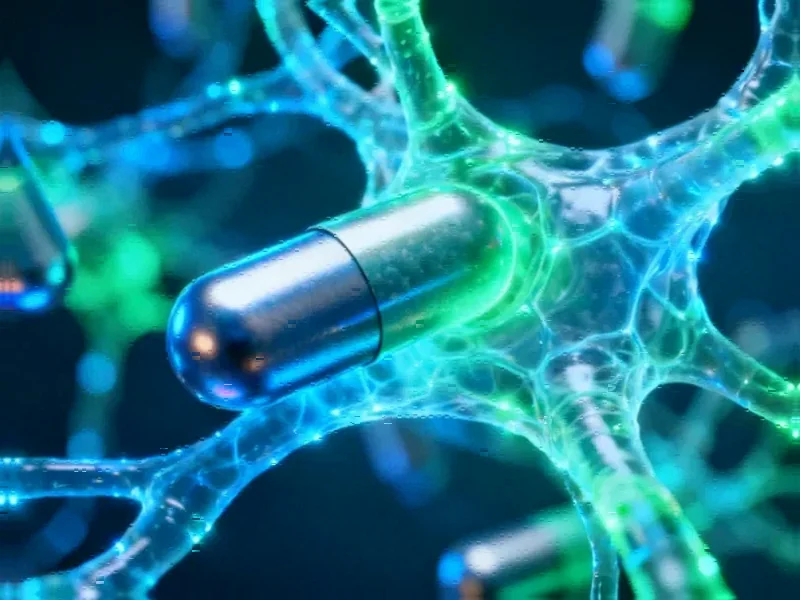Groundbreaking Research Identifies UNC13A Gene Mutations in Neurodevelopmental Conditions
In a significant advancement for neurological research, scientists have uncovered how pathogenic variants in the UNC13A gene contribute to a spectrum of neurodevelopmental disorders. The comprehensive study, published in Nature Genetics, reveals that different types of mutations in this crucial synaptic protein lead to varying clinical presentations through distinct molecular mechanisms.
Table of Contents
Three Distinct Patient Groups Emerge from Genetic Analysis
Researchers identified 48 patients with UNC13A variants, classifying them into three primary groups based on genetic patterns and clinical manifestations. The first group comprised six patients with severe presentations including profound developmental delays, hypotonia, and seizures. These individuals carried biallelic variants—either homozygous or compound heterozygous—that substantially disrupted gene function., according to market analysis
“What’s particularly notable,” the researchers observed, “is that heterozygous carriers of these loss-of-function variants, including parents of affected children, showed no apparent health issues, suggesting possible tolerance to partial UNC13A deficiency.”, according to market trends
The second group included 13 patients with heterozygous de novo missense variants affecting a specific protein region now termed the “UNC13 hinge.” These patients exhibited variable developmental delays along with distinctive movement disorders including ataxia, tremor, and dyskinetic movements that were rarely observed in other cases., according to market developments
The third group represented a familial pattern with at least four affected members across two generations carrying a specific missense variant (C587F). These individuals demonstrated milder symptoms including learning difficulties and controlled seizures, enabling autosomal dominant inheritance within the family., according to technological advances
UNC13A’s Critical Role in Synaptic Function
UNC13A functions as a multidomain protein essential for proper synaptic transmission—the process by which nerve cells communicate. Through sophisticated laboratory techniques, researchers demonstrated that disease-causing variants impact synaptic function through multiple mechanisms.
Key findings from the functional analysis revealed:
- Variants E52K and R202H significantly reduced synaptic UNC13A levels without affecting synapse numbers
- The E52K variant completely abolished measurable synaptic transmission
- Hinge region variants (particularly G808 substitutions) increased spontaneous neurotransmitter release
- Different variants affected distinct aspects of synaptic vesicle priming and release
Clinical Implications and Future Directions
The research establishes UNC13A as a bona fide neurodevelopmental disease gene with both dominant and recessive inheritance patterns. The spectrum of associated conditions primarily includes global developmental delay, intellectual disability, hypotonia, seizures, and abnormal movements.
This discovery has immediate implications for genetic counseling and diagnostic approaches, particularly for patients presenting with these neurological features without established genetic causes. The identification of specific mutation hotspots, especially the UNC13 hinge region, provides clear targets for future diagnostic screening.
Moreover, the research opens new avenues for understanding how synaptic proteins contribute to neurodevelopmental conditions. The differential effects of variants on synaptic function suggest that personalized therapeutic approaches might eventually be developed based on the specific molecular consequences of each mutation type., as earlier coverage
As genetic testing becomes more widespread, these findings will help clinicians interpret UNC13A variants and provide more accurate prognoses and management strategies for affected individuals and families.
Related Articles You May Find Interesting
- Quantum Computing Breakthrough: Nuclear Spin Qubits Shatter Coherence Records
- Tianlong’s Strategic African Expansion: A New Era for LPG Manufacturing and Ener
- Navigating the AI Quality Crisis: Strategies for Preventing Workplace Automation
- South Africa’s Solar Revolution: How Eskom is Removing Barriers to Clean Energy
- Tech Titans Clash Over AI Regulation as Industry Influence on Policy Grows
This article aggregates information from publicly available sources. All trademarks and copyrights belong to their respective owners.
Note: Featured image is for illustrative purposes only and does not represent any specific product, service, or entity mentioned in this article.



